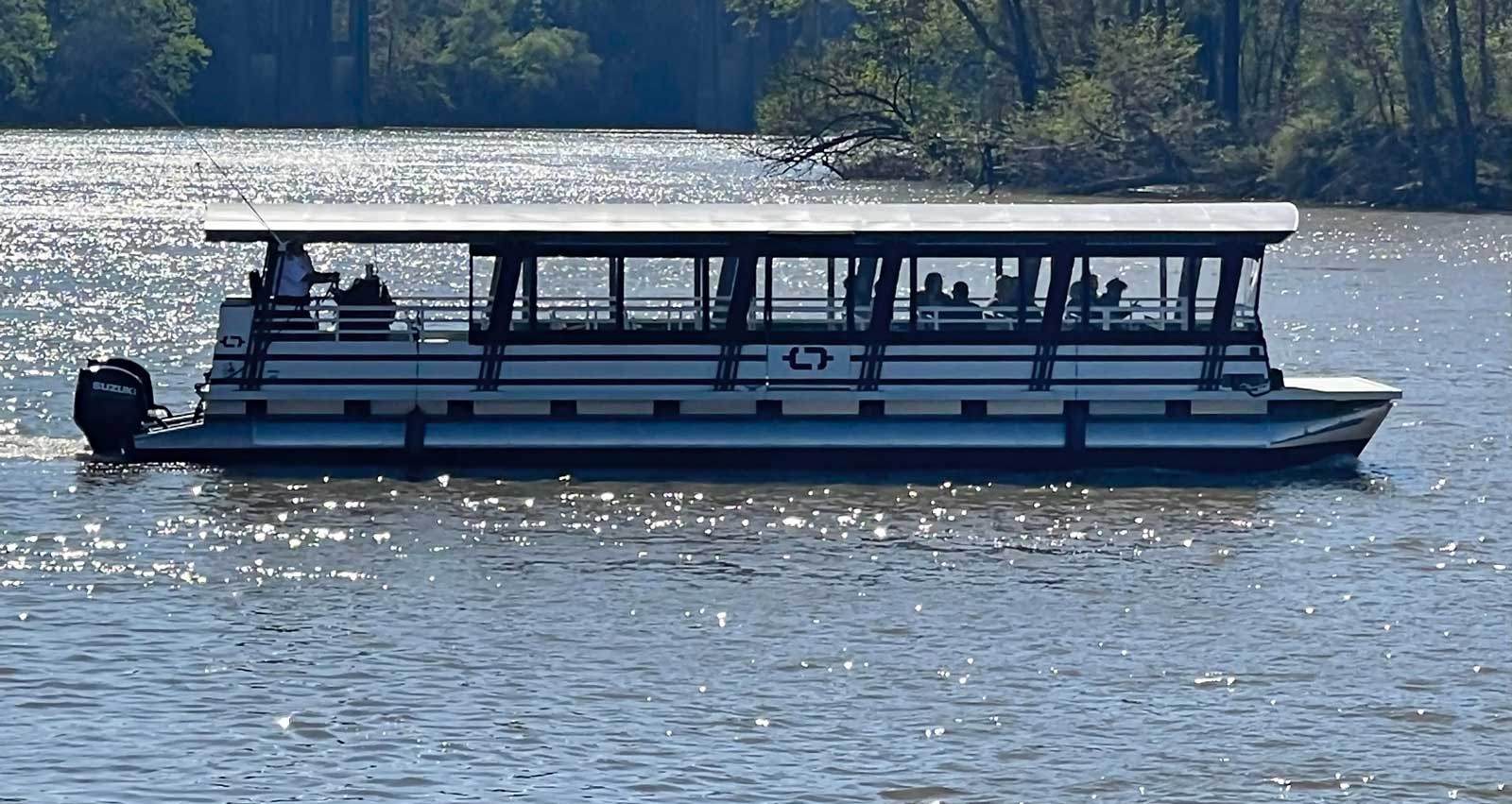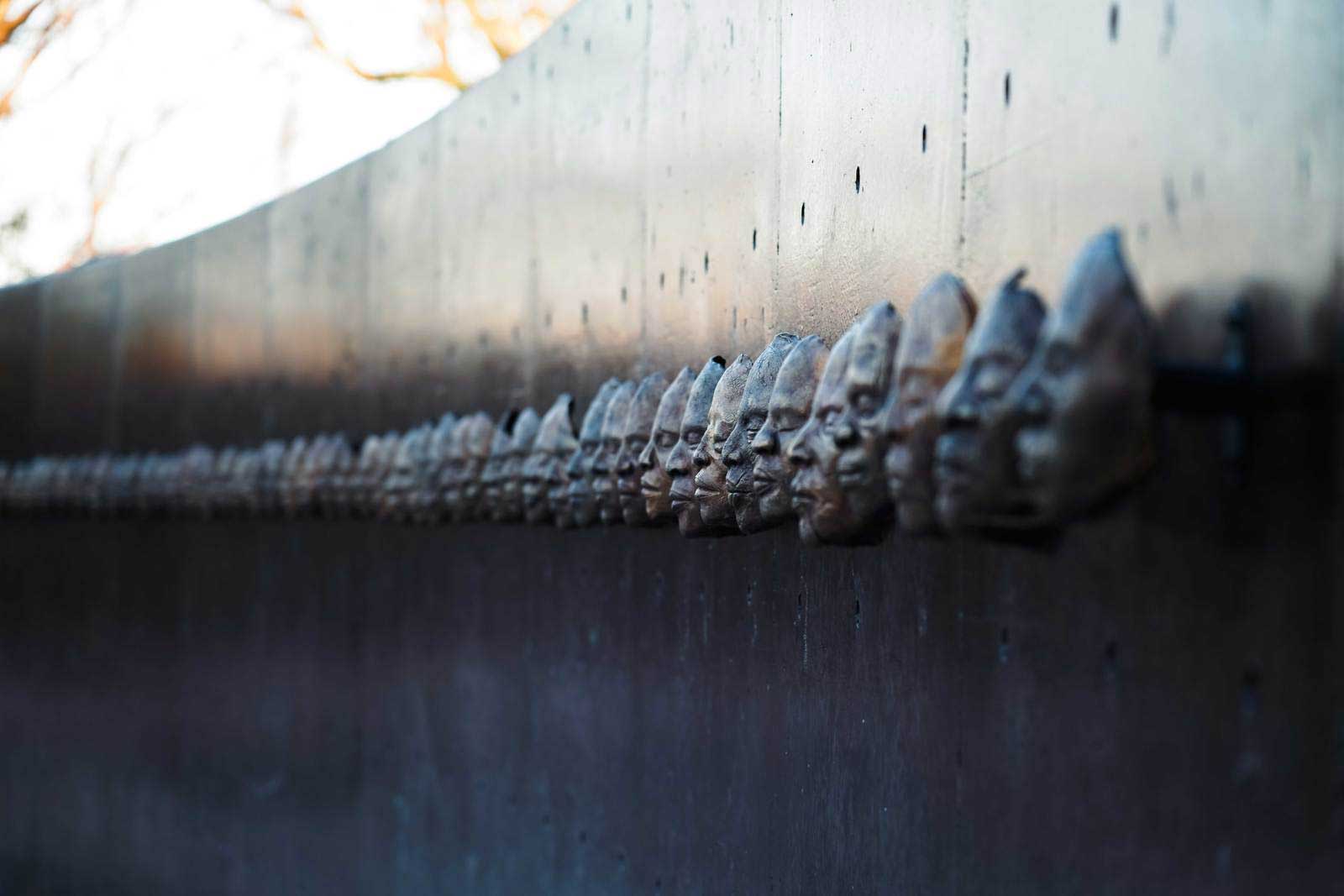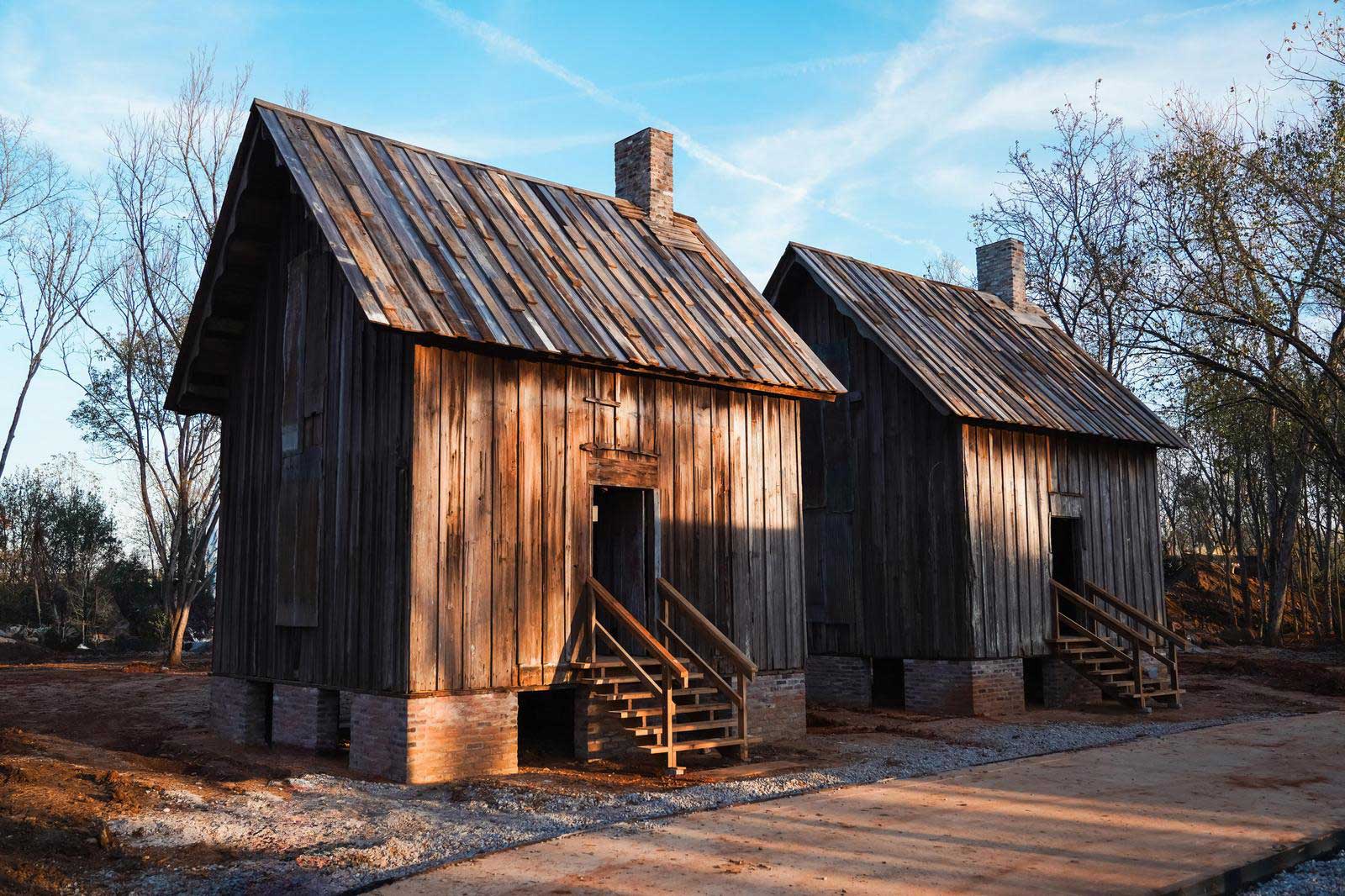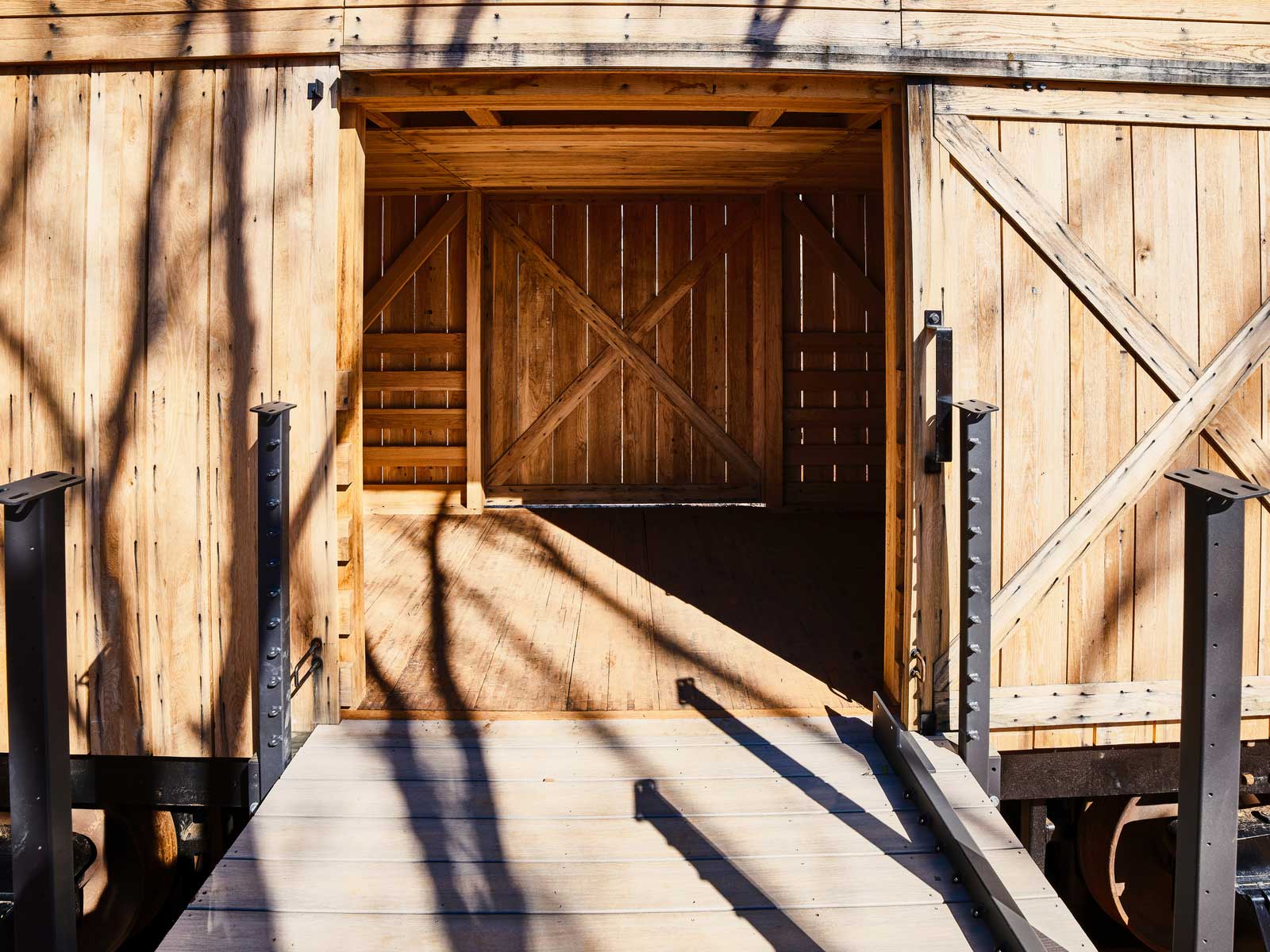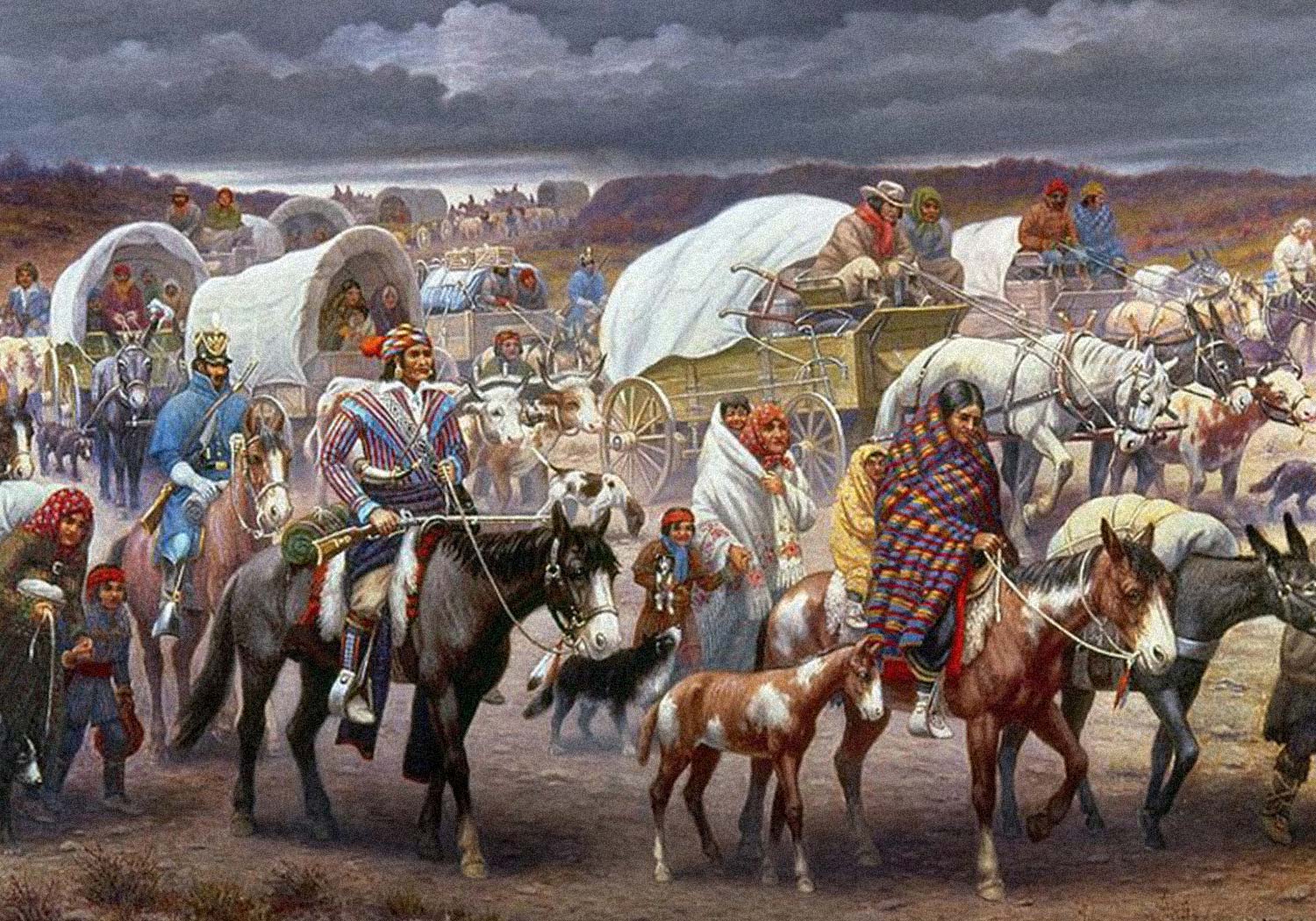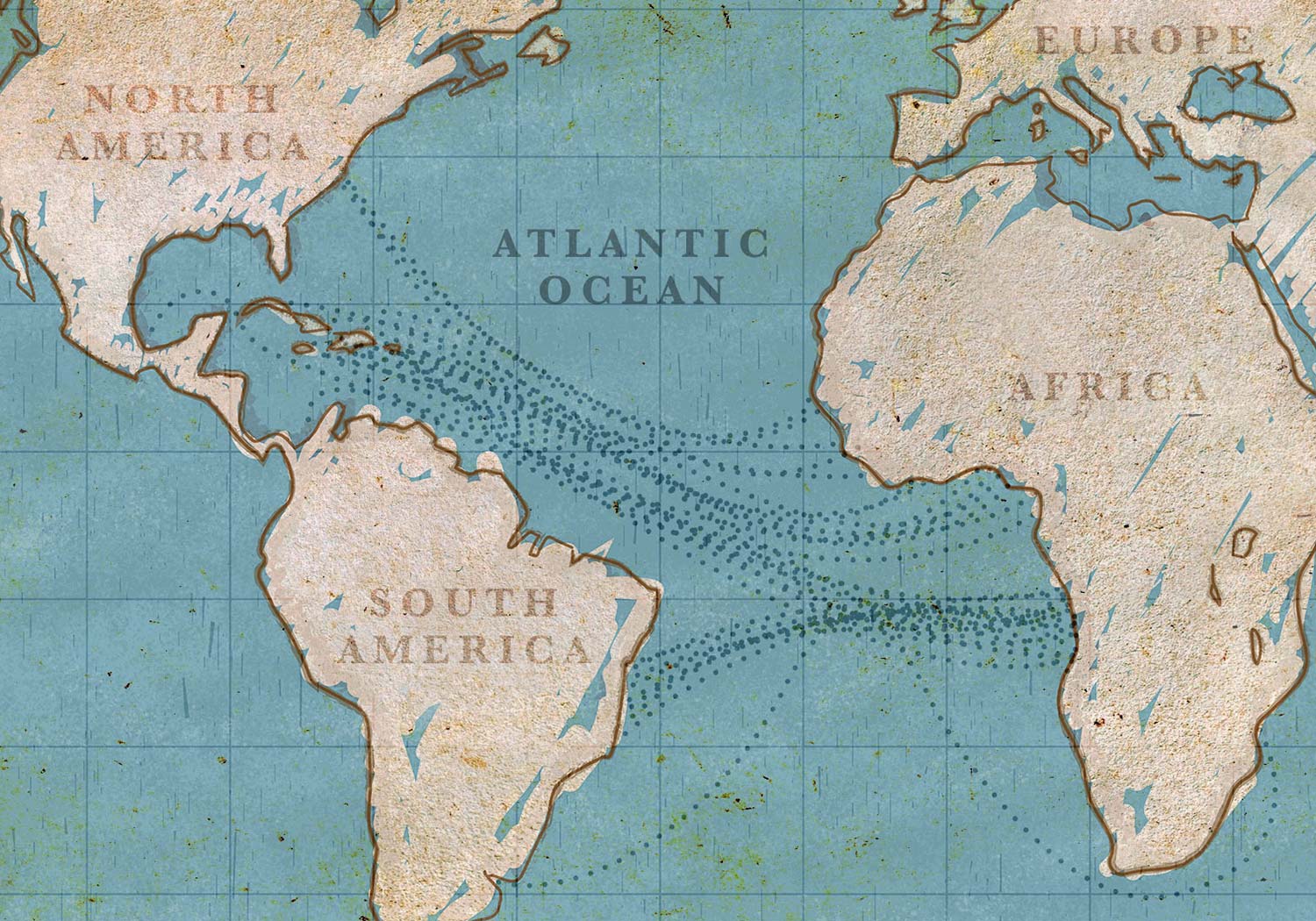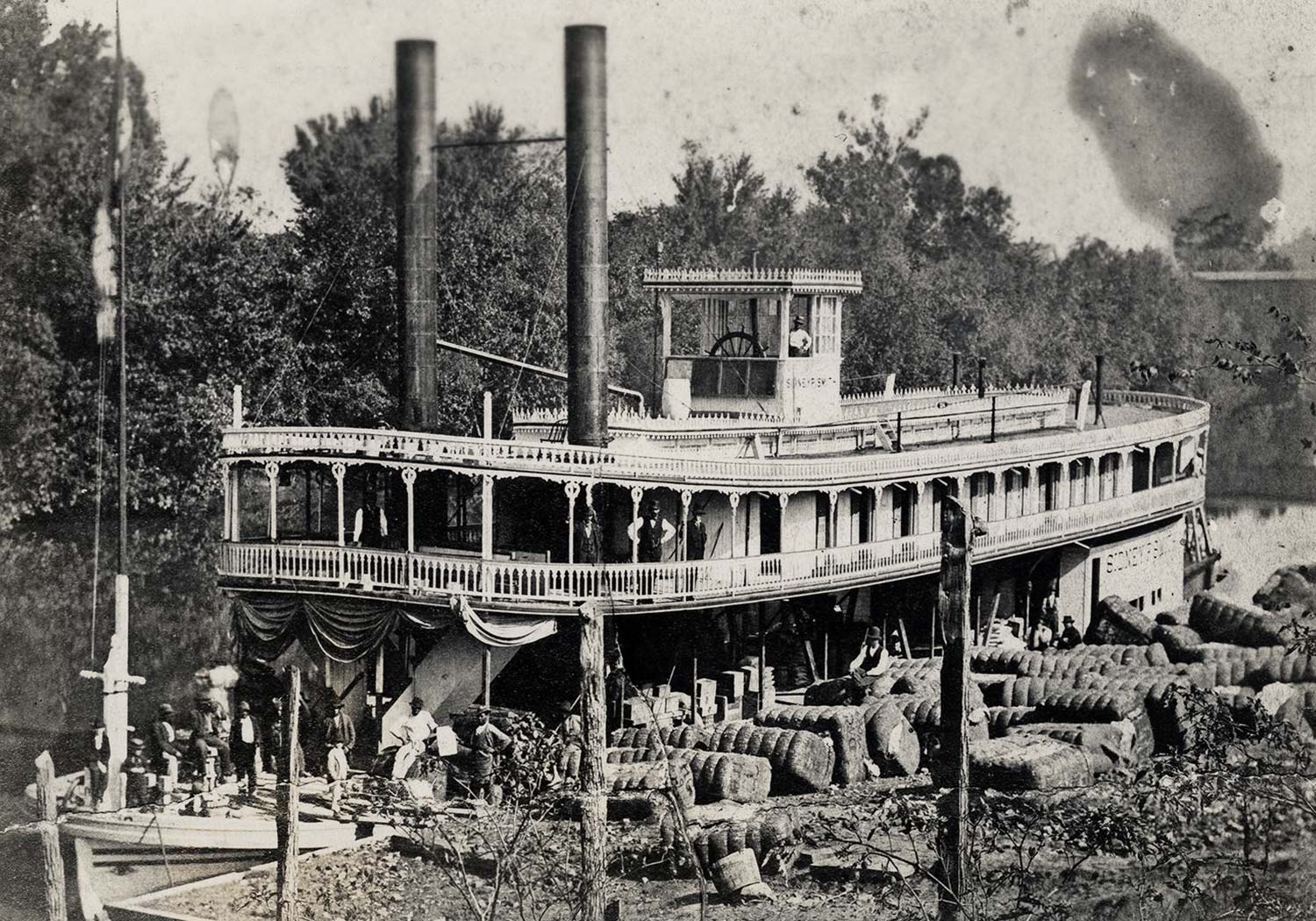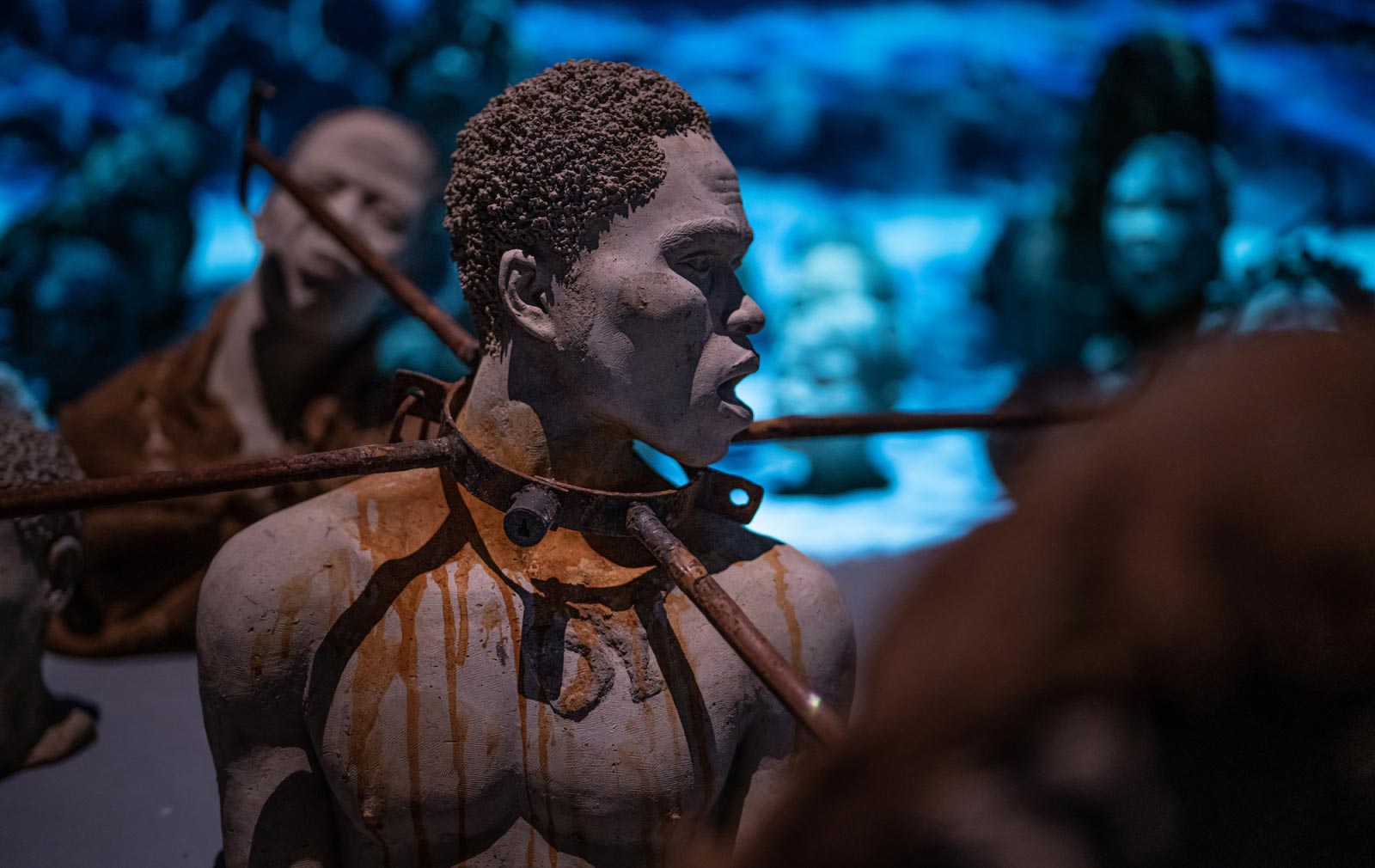For thousands of years before Europeans arrived, Indigenous people built diverse and sophisticated communities with large fortified towns and extensive trade networks along the Alabama River.
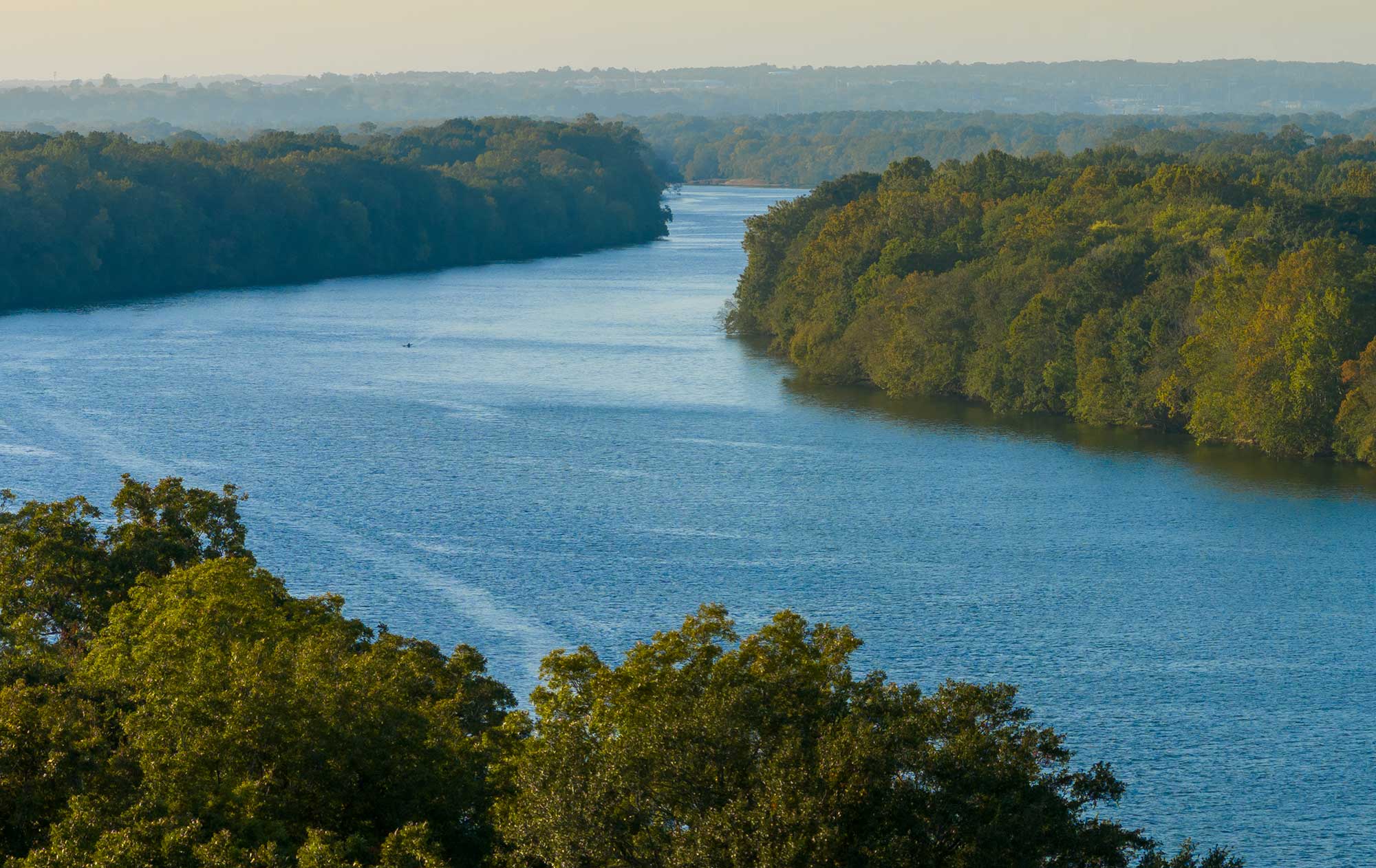
Freedom Monument Sculpture Park
Freedom Monument Sculpture Park
Overlooking the Alabama River, Freedom Monument Sculpture Park honors the lives and memories of the 10 million Black people who were enslaved in America and celebrates their courage and resilience.
At this 17-acre site along the very river where tens of thousands of enslaved people were trafficked, breathtaking art and original artifacts invite an immersive, interactive journey and provide a unique view into the lives of enslaved people.
Listen to Muscogee family stories as they were told centuries ago on this very spot. Step inside a train car like those used to traffic enslaved people to Montgomery as you hear trains pass on nearby tracks originally laid by enslaved people. Stand before an authentic dwelling inhabited by enslaved people and marvel at sculptures created from bricks made by enslaved artisans.
Explore art and artifacts that animate the story of enslavement in America
Remembering Slavery, Celebrating Freedom
Remembering Slavery, Celebrating Freedom
At the heart of this 17-acre site rises the National Monument to Freedom, which honors four million formerly enslaved Black people who won freedom after the Civil War.
For formerly enslaved people who survived the horrors of slavery, the 1870 census provided the first opportunity to exercise newfound liberty and express deeply rooted hope for the future by officially registering chosen family names.
More than 100,000 names representing millions of Black families are engraved here, forging a connection to the courage, strength, and resilience of ancestors that you can reach out and touch.
